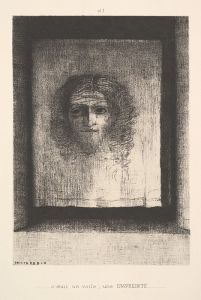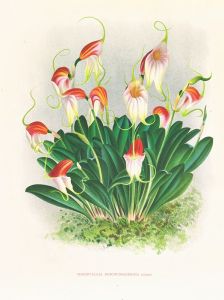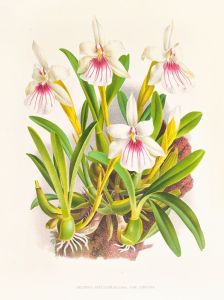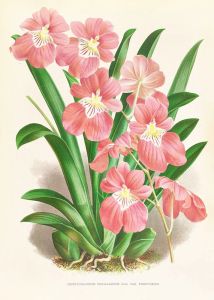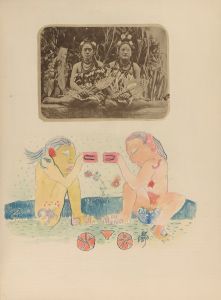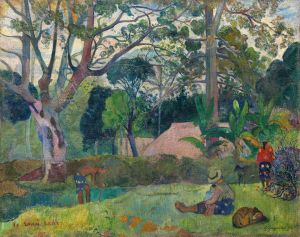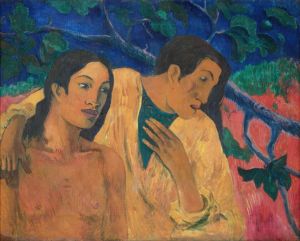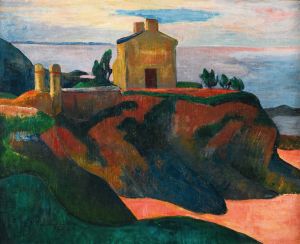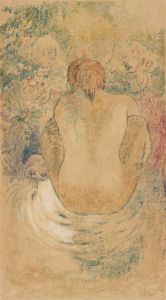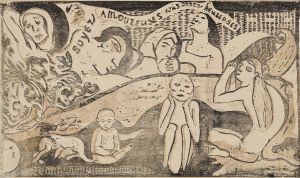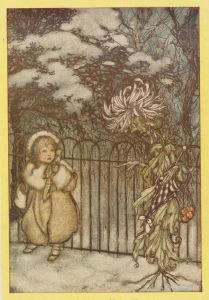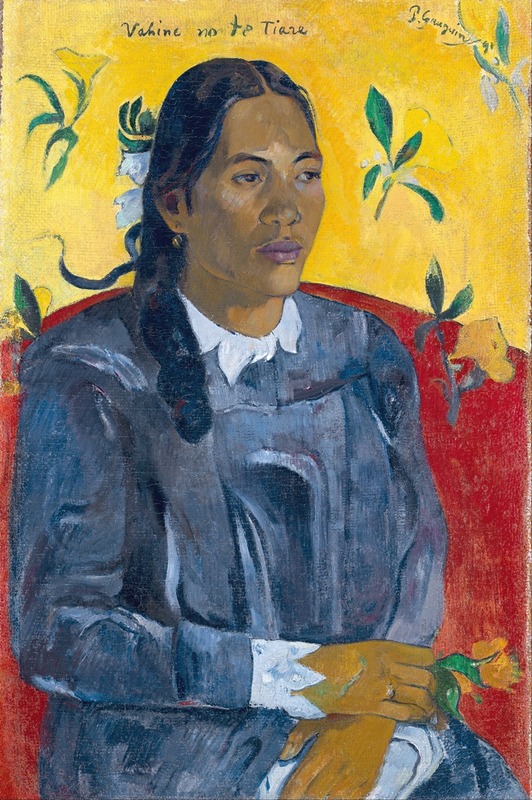
Tahitian Woman with a Flower
A hand-painted replica of Paul Gauguin’s masterpiece Tahitian Woman with a Flower, meticulously crafted by professional artists to capture the true essence of the original. Each piece is created with museum-quality canvas and rare mineral pigments, carefully painted by experienced artists with delicate brushstrokes and rich, layered colors to perfectly recreate the texture of the original artwork. Unlike machine-printed reproductions, this hand-painted version brings the painting to life, infused with the artist’s emotions and skill in every stroke. Whether for personal collection or home decoration, it instantly elevates the artistic atmosphere of any space.
"Tahitian Woman with a Flower" is an oil painting created by the French post-impressionist artist Paul Gauguin in 1891. This artwork is one of Gauguin's most famous pieces from his time in Tahiti, where he sought to escape European civilization and immerse himself in what he perceived as the more "primitive" and "pure" culture of the South Pacific.
The painting depicts a Tahitian woman, adorned with a flower behind her left ear, which is a traditional Polynesian gesture indicating that she is unmarried. The woman is shown in a three-quarter view, gazing directly at the viewer with a calm and serene expression. She is dressed in a traditional Tahitian pareo, a type of wraparound skirt, and a simple blouse. The background of the painting is composed of lush, tropical foliage, which adds to the exotic and idyllic atmosphere that Gauguin sought to capture.
Gauguin's use of color in "Tahitian Woman with a Flower" is notable for its bold and vibrant palette. He employs rich, warm tones to depict the woman's skin and the surrounding environment, creating a sense of warmth and vitality. The brushwork is relatively loose and expressive, characteristic of Gauguin's style during this period. The painting reflects Gauguin's interest in the symbolic and emotional potential of color, as well as his desire to break away from the conventions of Western art.
The context of Gauguin's journey to Tahiti is essential to understanding this painting. Disillusioned with the materialism and industrialization of Europe, Gauguin traveled to Tahiti in 1891 in search of a simpler, more authentic way of life. He was influenced by the romanticized notion of the "noble savage" and sought to capture the essence of Tahitian culture in his work. However, it is important to note that Gauguin's perception of Tahiti was often idealized and did not always reflect the realities of the local people and their culture.
"Tahitian Woman with a Flower" is part of a larger body of work that Gauguin produced during his time in Tahiti, which includes other notable paintings such as "Where Do We Come From? What Are We? Where Are We Going?" and "The Spirit of the Dead Watching." These works are characterized by their vibrant colors, exotic subject matter, and a sense of mysticism and spirituality.
Today, "Tahitian Woman with a Flower" is housed in the Ny Carlsberg Glyptotek in Copenhagen, Denmark. The painting is considered an important example of Gauguin's contribution to the post-impressionist movement and his influence on modern art. Gauguin's work in Tahiti has been the subject of much scholarly analysis and debate, particularly regarding issues of cultural appropriation and the artist's complex relationship with his subjects.
In summary, "Tahitian Woman with a Flower" is a significant work by Paul Gauguin that reflects his fascination with Tahitian culture and his innovative use of color and form. The painting remains an enduring symbol of Gauguin's quest for artistic and personal liberation and continues to captivate audiences with its beauty and enigmatic charm.





